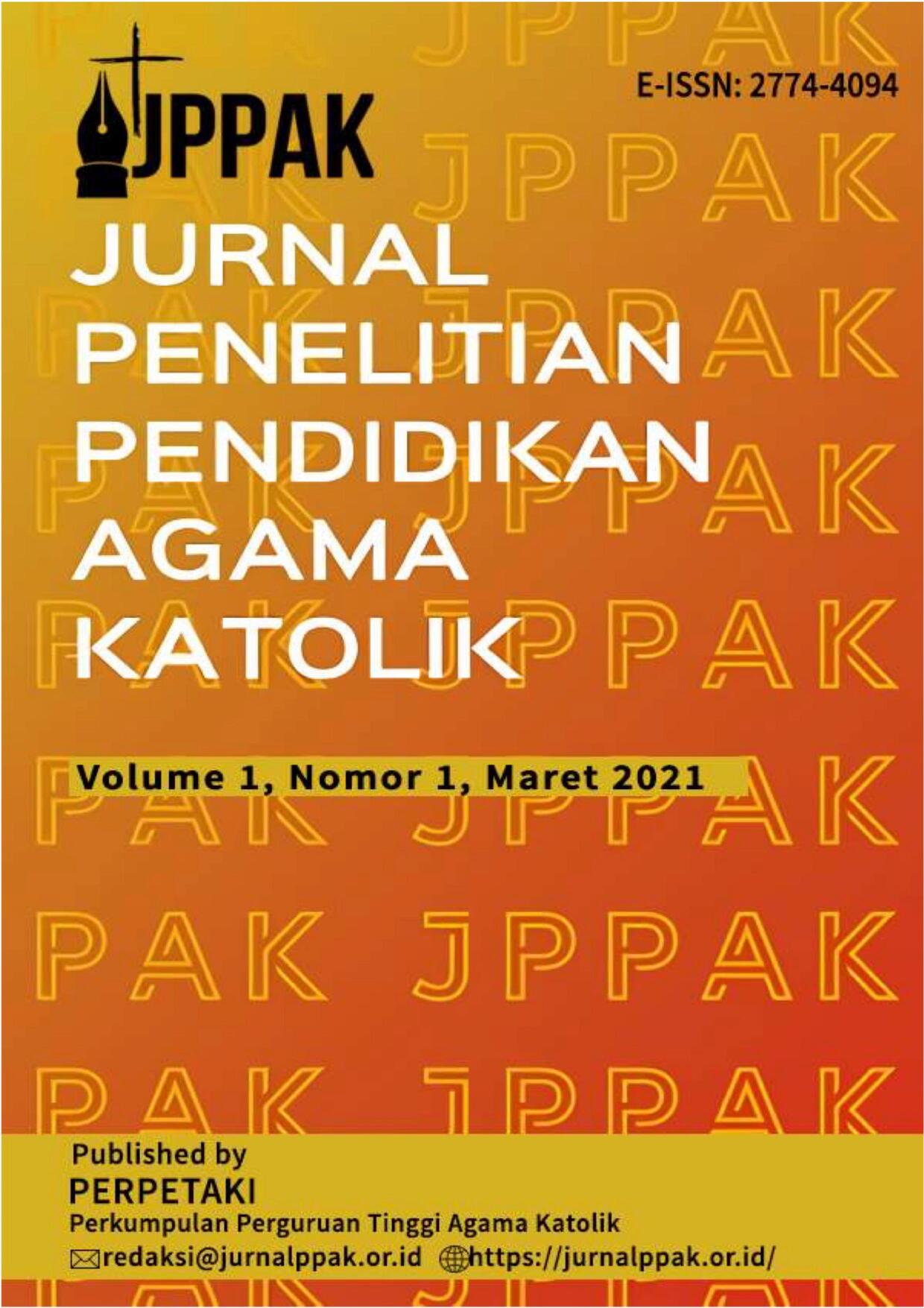Characteristics Analysis of VAK (Visual, Audio and Kinesthetic) Learning Styles of Tenth Grade Students of SMAK St. Petrus Ende of Academic Year 2019/2020
DOI:
https://doi.org/10.52110/jppak.v1i1.3Keywords:
Learning style; Visual; Auditory; KinestheticAbstract
This research aims to describe the characteristics of the VAK (visual, auditory, kinesthetic) learning styles of students or learners. Learning style is a very important learning modality. Information relating to the characteristics of student learning styles is very important for the teacher so that the teacher can choose a fixed learning strategy, which will thus improve the quality of learning. Students will also more easily motivate themselves in learning. This research is non-experimental and classified as a qualitative analytical descriptive study. The subjects of this research were all students of class X SMAK St. Petrus Ende 2019/2020 school year. The instrument used in this research was a questionnaire filled out by research subjects. This learning style questionnaire was filled out by 189 students of class X of SMAK St. Petrus Ende 2019/2020 school year. The results of the analysis of the learning styles of class Xa students are dominated by auditory learning styles (50.00%). Class Xb is dominated by auditory learning styles (60.53%). Class Xc is dominated by auditory learning styles (68.42%). Class Xd is dominated by a combined visual and auditory learning style (37.84%). Class Xe is dominated by auditory learning styles (55.27%). Overall learning styles of class X students of SMAK St. Petrus Ende class of 2019/2020 is dominated by auditory learning style that is equal to 52.91%.
Downloads
##submission.downloads##
Submitted
Accepted
Published
How to Cite
Issue
Section
License
Copyright (c) 2021 Jurnal Penelitian Pendidikan Agama Katolik

This work is licensed under a Creative Commons Attribution 4.0 International License.
Copyright Notice and Permissions
Jurnal Penelitian Pendidikan Agama Katolik offers immediate open access to all its content on the principle to make researches freely available to the public, especially to the scholars, to support greater global exchanges of knowledge. This journal encourages all scholarly authors to allow their research openly available, free access and without time restrictions.
All articles published Open Access will be immediately and permanently free for everyone to read and download. Under the CC BY-SA 4.0 license, authors retain ownership of the copyright for their article, however authors grant others permission to use the content of publications in Jurnal Penelitian Pendidikan Agama Katolik (JPPAK) in whole or in part provided that the original work is properly cited. Users (redistributors) of Jurnal Penelitian Pendidikan Agama Katolik (JPPAK) are required to cite the original source by including at least: the full title of the article, the author's or authors' full name(s), JPPAK as the initial source of publication, year of publication and volume number using a propriate citing method.
Copyright encompasses exclusive rights to reproduce and deliver the article in all form and media, including reprints, photographs, microfilms and any other similar reproductions, as well as translations. The reproduction of any part of this journal, its storage in databases and its transmission by any form or media, such as electronic, electrostatic and mechanical copies, photocopies, recordings, magnetic media is prohibited without consent of Jurnal Penelitian Pendidikan Agama Katolik (JPPAK).
Jurnal Penelitian Pendidikan Agama Katolik (JPPAK) is licensed under a Creative Commons Attribution Share-Alike 4.0 International. (CC BY-SA 4.0)
Authors who publish with Jurnal Penelitian Pendidikan Agama Katolik (JPPAK) agree to the following terms:
- Authors retain copyright and grant the journal right of first publication with the work simultaneously licensed under a Creative Commons Attribution Share-Alike 4.0 International (CC BY-SA 4.0) license that allows others to share the work with an acknowledgement of the work's authorship and initial publication in this journal.
- Authors are able to enter into separate, additional contractual arrangements for the non-exclusive distribution of the journal's published version of the work (e.g., post it to an institutional repository or publish it in a book), with an acknowledgement of its initial publication in this journal.
- Authors are permitted and encouraged to post their work online (e.g., in institutional repositories or on their website) after the publication on JPPAK, as long as it not published on other OJS for it will be treated as plagiarism by plagiarism checker apps. It can lead to productive exchanges, as well as earlier and greater citation of published work (See The Effect of Open Access).












